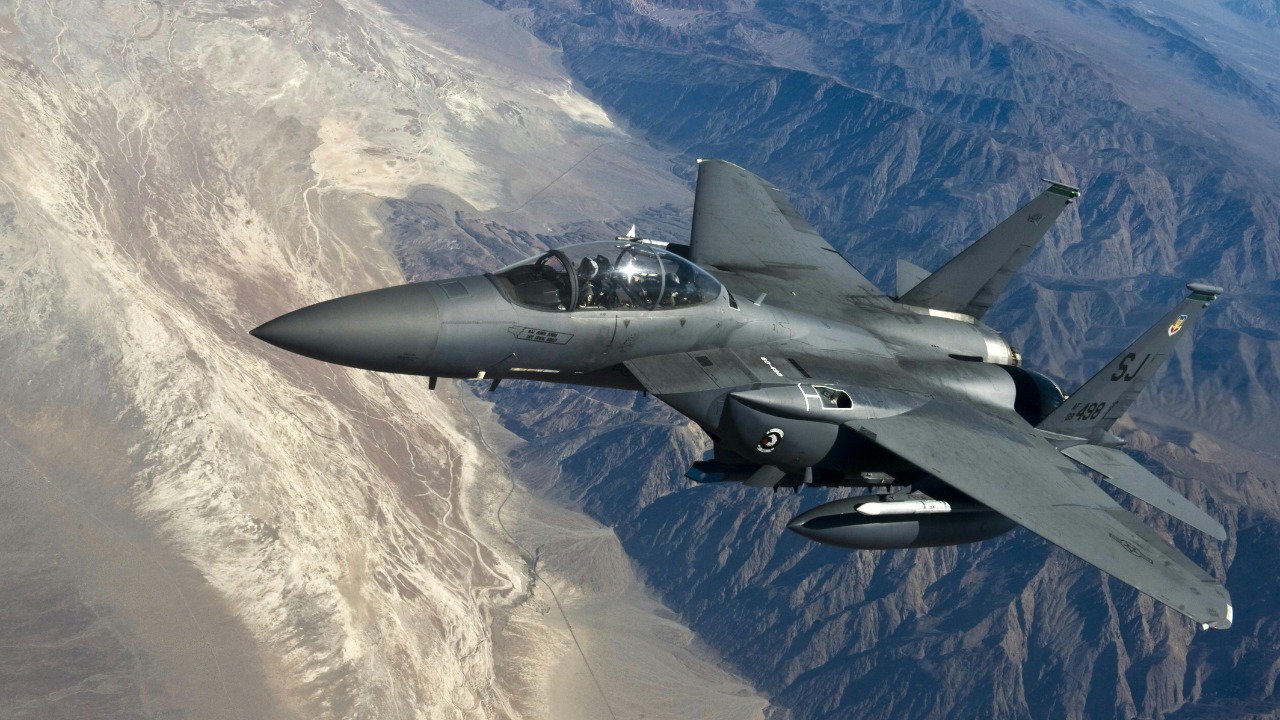
The United States holds the title for having the largest air force in the world, with a fleet that far surpasses any other nation. This distinction not only reflects the country’s military prowess but also its commitment to maintaining a dominant aerial presence globally. Understanding the scope and scale of the U.S. Air Force provides insights into its strategic importance and operational capabilities.
The Scale of America’s Air Force
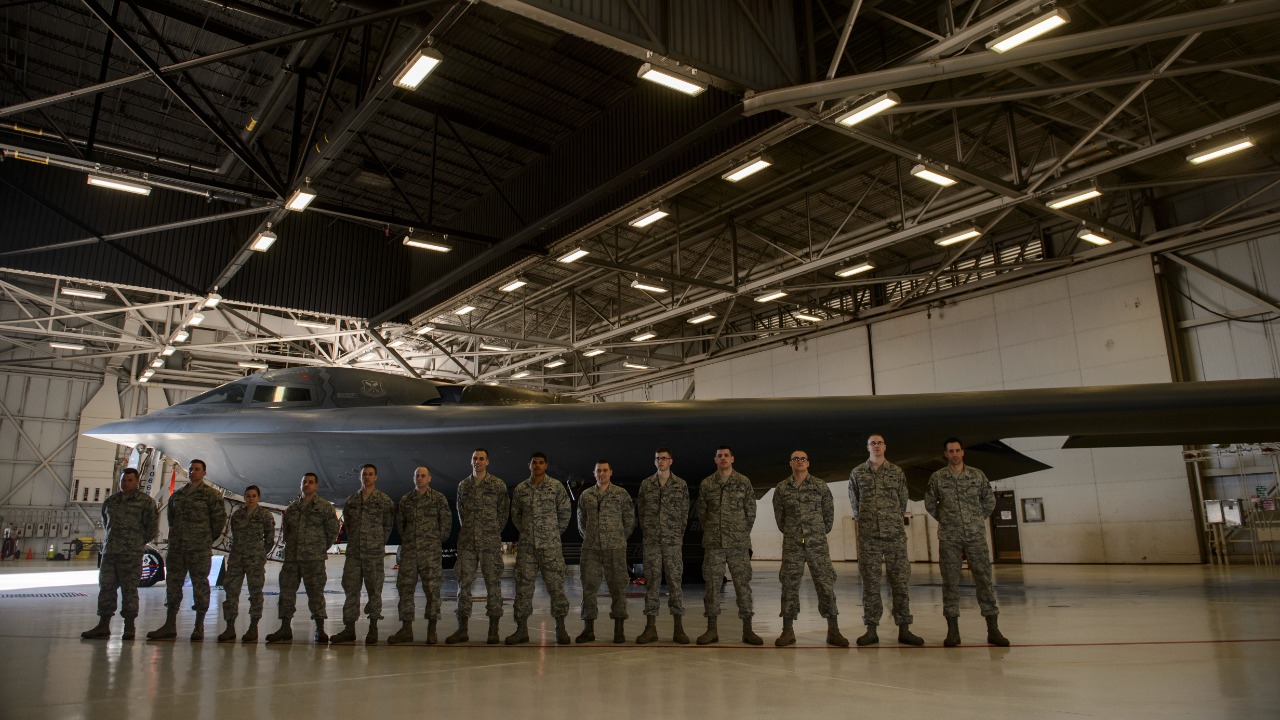
The U.S. Air Force boasts an extensive fleet that comprises over 5,000 aircraft, including fighters, bombers, transport, and special mission aircraft. This immense fleet size is unparalleled globally, with the next closest competitor being significantly smaller. The diversity of the fleet is equally impressive, featuring advanced technologies and newer models like the F-35 and the upcoming B-21. These aircraft not only enhance the combat capabilities of the U.S. Air Force but also ensure its readiness to face any challenges that might arise.
Globally, the U.S. Air Force maintains a strategic presence through its widespread network of bases. These bases are strategically placed to ensure rapid deployment and response capabilities. From Europe to the Pacific, American air bases are positioned to project power and provide logistical support to various military operations. This strategic placement is crucial in maintaining a balance of power and ensuring that the U.S. can respond swiftly to any emerging threats.
Technological Advancements and Innovations
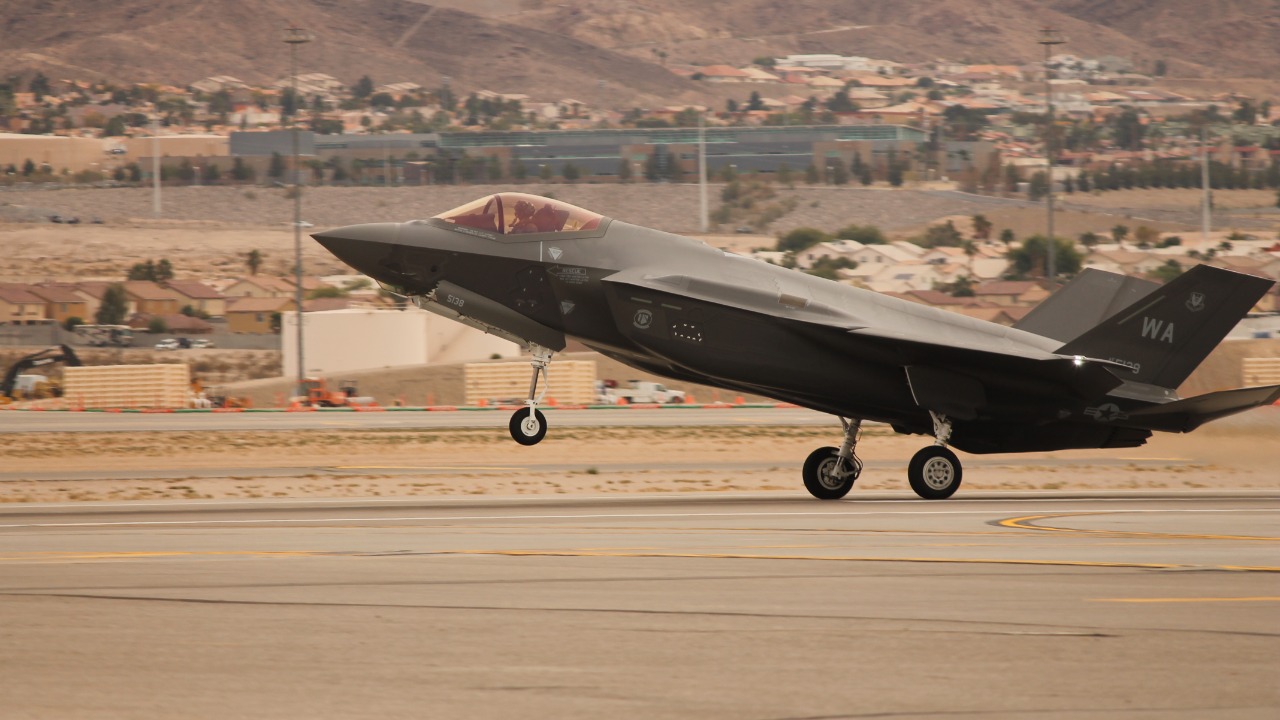
The U.S. Air Force is at the forefront of technological advancements in aviation. The integration of cutting-edge technologies like stealth, AI, and advanced avionics in modern aircraft ensures the U.S. maintains air superiority. For instance, the F-35 Lightning II incorporates stealth technology and advanced sensors, providing pilots with unparalleled situational awareness. Additionally, research and development within the U.S. Air Force are continuously focused on future capabilities, ensuring that the force remains prepared for evolving threats.
Unmanned Aerial Vehicles (UAVs) have become an indispensable part of the U.S. Air Force’s arsenal. Drones are increasingly important in reconnaissance and combat roles, offering versatility and reducing the risk to human pilots. Innovations in UAV technology, such as the MQ-9 Reaper, highlight the strategic applications of these aircraft, allowing for precision strikes and intelligence gathering with minimal risk. The continued development of UAVs underscores the Air Force’s commitment to leveraging technology for operational efficiency.
Strategic Importance and Global Influence
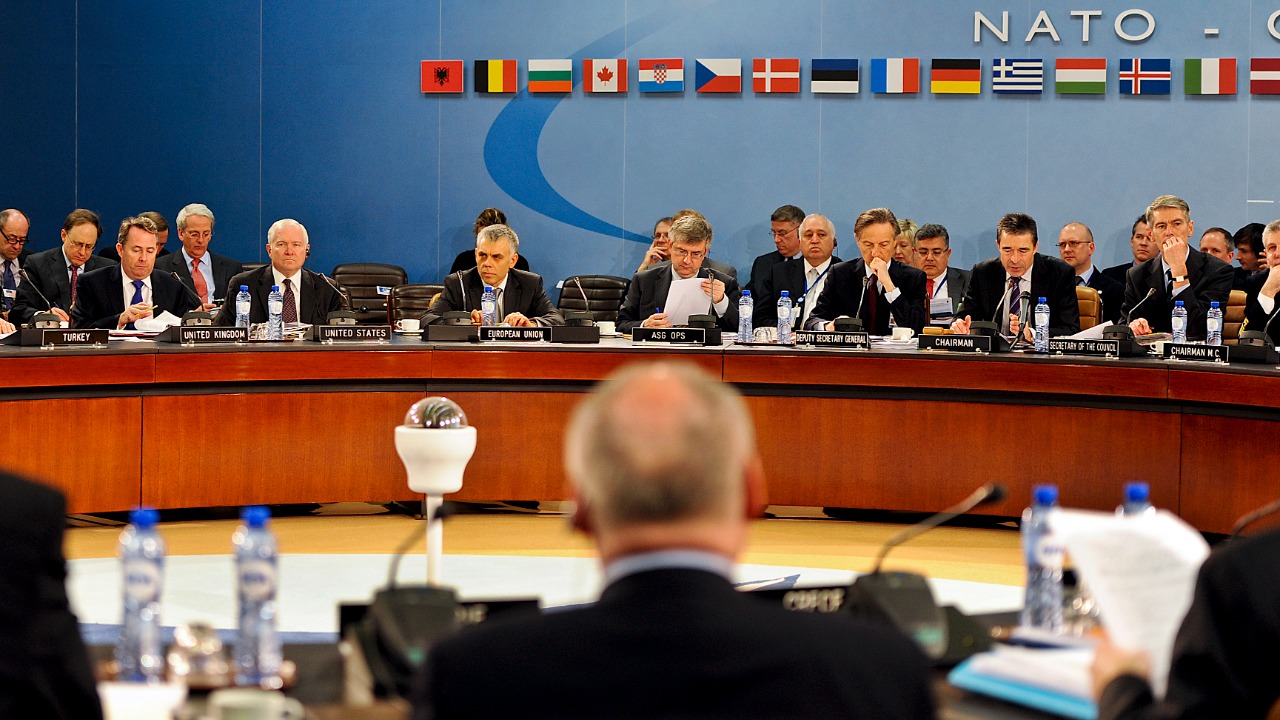
The size and capabilities of the U.S. Air Force play a crucial role in global deterrence. By maintaining a dominant aerial presence, the U.S. can project power and influence worldwide, ensuring stability and peace in volatile regions. Recent deployments and military exercises, such as those in Eastern Europe, demonstrate the force projection capabilities of the U.S. Air Force. These operations not only showcase military might but also serve as a deterrent to potential aggressors, reinforcing the U.S.’s commitment to global security.
In addition to its deterrence capabilities, the U.S. Air Force plays a vital role in supporting international alliances like NATO. Through collaborative military exercises and training, the Air Force strengthens ties with allied nations, enhancing collective security. Joint exercises, such as Red Flag, provide a platform for allied forces to train together, improving interoperability and readiness. This cooperation is essential in addressing shared threats and ensuring the effectiveness of multinational military operations.
Comparisons with Other Major Air Forces
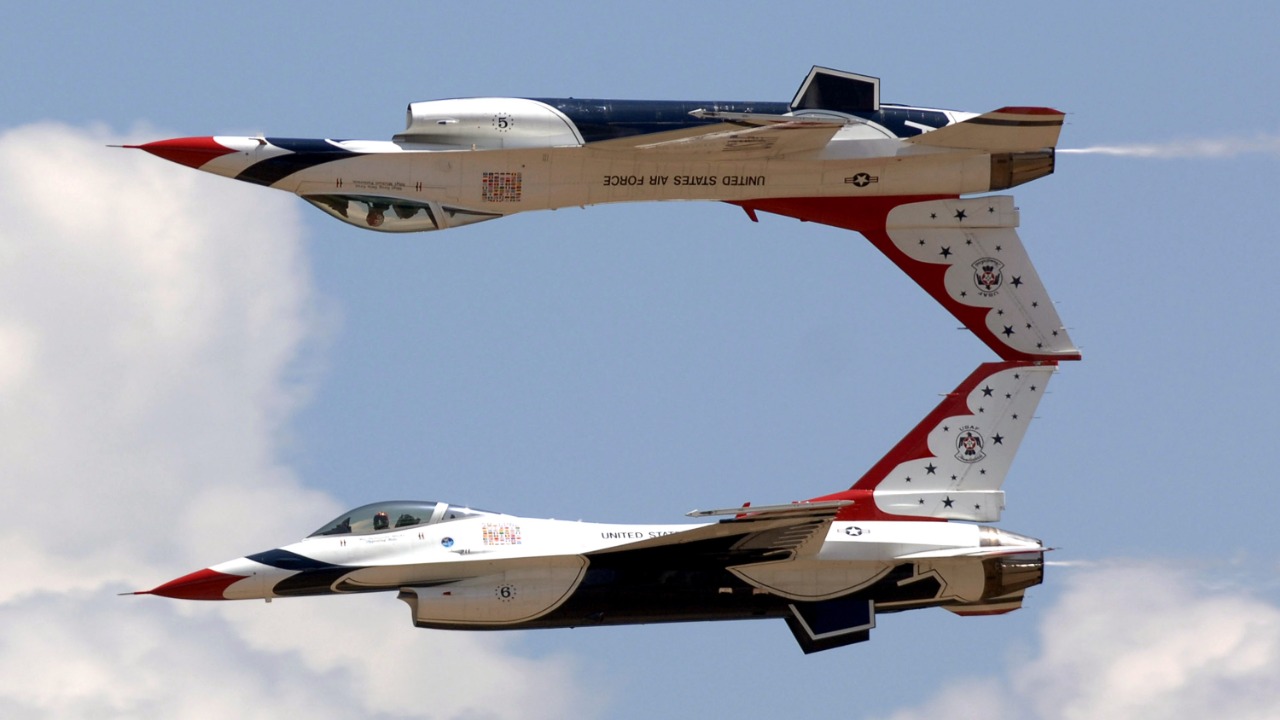
When contrasting the fleet sizes of the world’s major air forces, the U.S. Air Force stands out as the largest and most technologically advanced. Although countries like China and Russia have substantial air forces, they lag behind in terms of both fleet size and technological capabilities. For instance, while China has been rapidly expanding its air force, its fleet still lacks the diversity and sophistication of American aircraft, particularly in fifth-generation fighters.
The strategic objectives and military doctrines of the U.S. Air Force also differ significantly from those of other countries. The U.S. prioritizes air superiority, ensuring that it can control the skies in any conflict. This focus is evident in the development of advanced aircraft and integrated air defense systems. In contrast, other nations may prioritize different aspects of air power, reflecting their unique geopolitical considerations and military goals.
Challenges and Future Directions
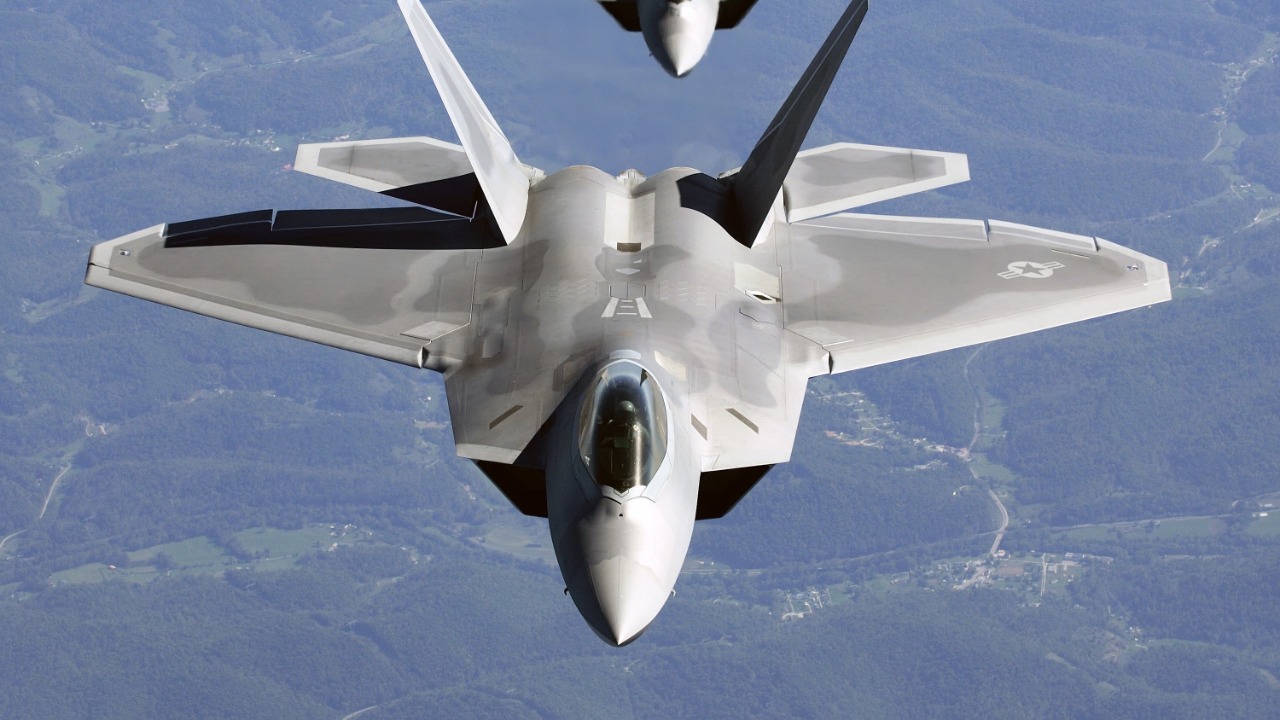
Maintaining such a large air force comes with its own set of challenges, particularly in terms of budgetary and logistical constraints. The financial aspects of sustaining the U.S. Air Force are significant, with ongoing costs related to aircraft maintenance, upgrades, and operations. Budgetary pressures can impact the ability to invest in new technologies and capabilities, necessitating careful planning and prioritization.
Looking ahead, the U.S. Air Force must also adapt to evolving threats and geopolitical changes. The rise of near-peer competitors and advancements in adversarial technologies require a continuous reassessment of strategic planning and force readiness. The development of hypersonic weapons, for example, presents new challenges that the Air Force must address to maintain its edge. As the global landscape shifts, the U.S. Air Force will need to remain agile and innovative, ensuring that it can meet future challenges head-on.